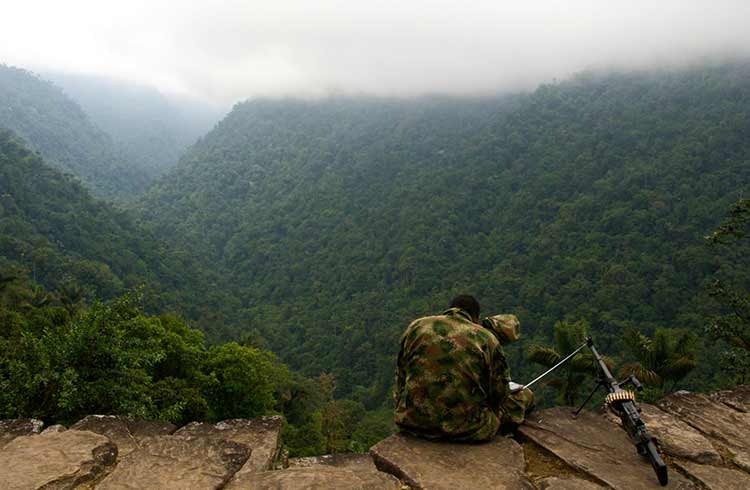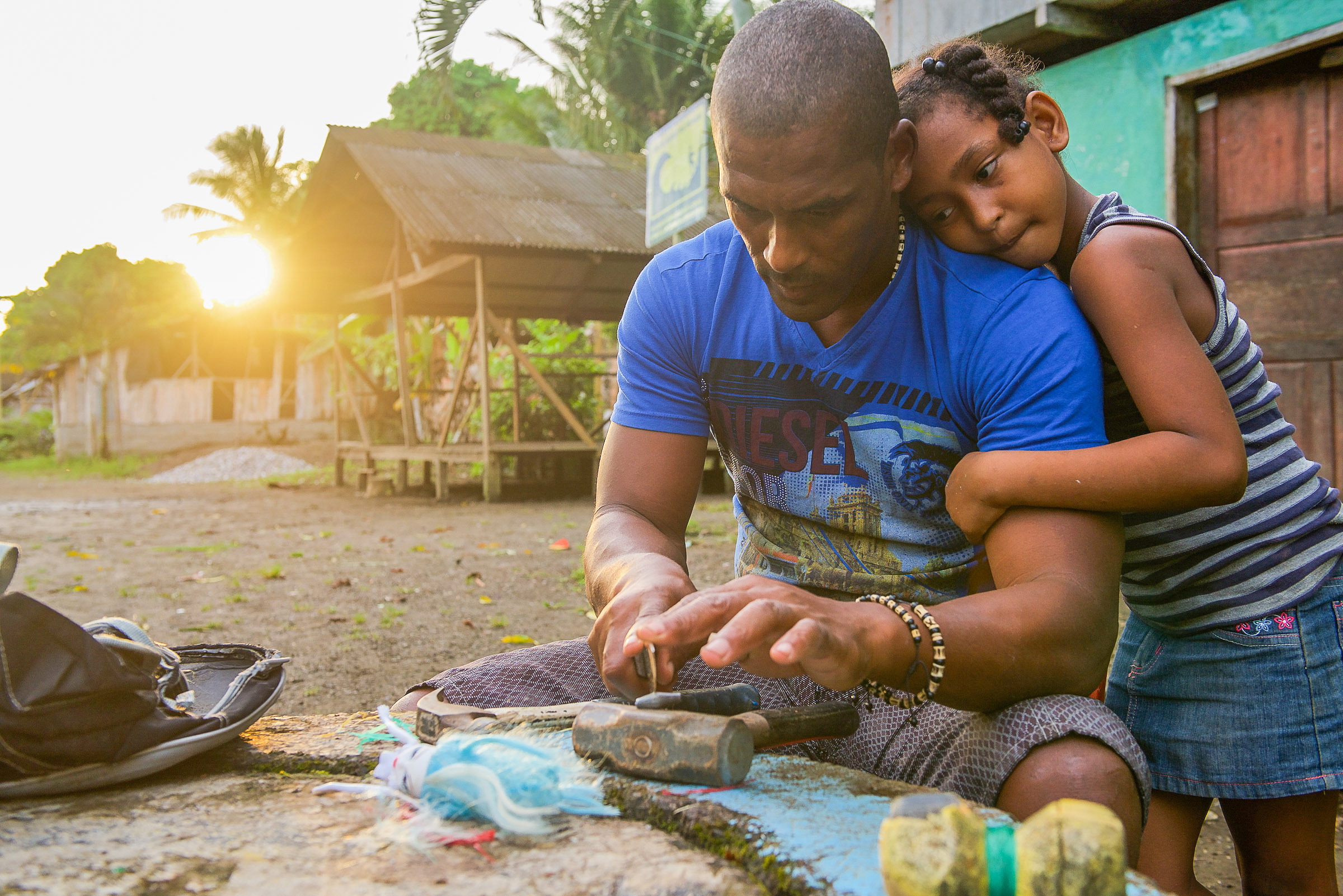Colombia’s Violent Reputation: Peace & Travel Today
Colombia’s reputation as a violent nation left remote regions off-limits to travelers for years. Caroline Lascom looks at how the process toward peace shaped travel in Colombia today.
 Photo © Gregg Bleakney
Photo © Gregg Bleakney
Colombia’s reputation as a violent nation on the brink of collapse was born of 52 years of brutal civil war that began as an uprising by a group of peasants over land redistribution. More than 220,000 lives were lost and around six million people displaced.
- FARC Rebels
- Incidents Sparking Military Crackdown
- Finalizing the Peace Deal
- Making Peace a Reality
- Tourism in Colombia Today
FARC Rebels
The Marxist rebel group, FARC, murdered indiscriminately, recruited children as soldiers, and ran drug, kidnapping, and extortion rackets to fund their cause.
When paramilitary militias, formed by rich farmers and cattlemen, mobilized against the FARC, the rebels made a retreat to remote jungles and southern border zones. Although right-wing paramilitary groups also committed atrocities during the half-century of blood shed, public opinion largely holds the FARC accountable.
Incidents Sparking Military Crackdown
Guerrilla violence and tourism hardly makes for a happy marriage, and Colombia’s remote regions remained off limits to travelers for decades. In 2003, in a high profile case that garnered international attention, eight backpackers en route to Ciudad Pérdida were kidnapped by guerrillas and held for three months. In separate incidents, three of Tayrona National Park’s directors were murdered when they refused to establish the park as a base for cocaine trafficking. In response, then President Álvaro Uribe, instigated a ruthless military crackdown that killed many of FARC’s most important military architects.
Finalizing the Peace Deal
Few countries know how to rewrite their narrative with quite such bold vision as Colombia. In August 2016, following four years of intense negotiations in Havana, President Juan Manuel Santos (who notched up a Nobel Peace Prize for his efforts) and FARC negotiators finalized a deal. But, Colombia has always had a habit of defying the status quo.
The accord was thrown into a tailspin just two months later when Colombians narrowly rebuffed the deal in a national plebiscite. The sticking points for critics included a soft amnesty law that would have allowed FARC guerillas guilty of war crimes and human rights violations to not only walk away scot-free, but to allow them to run for public office.
On November 12 2016, a tenacious Santos and placatory FARC leader Rodrigo Londoño (aka Timochenko) signed a modified document in Bogotá, which included key amendments on more than 50 points.
According to the revised deal, FARC rebels charged with crimes such as murder, rape, or kidnapping will not fall under the amnesty but, rather, serve alternative sentences determined by a special court. Other laws implicit to the peace deal include rural reform, land mine removal, and the FARC’s conversion into a viable political party.
The fragile deal was swiftly pushed through the Senate and lower house, despite vehement opposition from the right-wing Democratic Center party led by former president Álvaro Uribe. Uribe argued that FARC was nothing more than a terrorist group and, under his watch, Colombia had been on the verge of a military defeat of the FARC. Uribe argued that his successor, Santos, rather than putting the final nail in the coffin, chose instead to open negotiations.
Making Peace a Reality
Today, the Colombian people’s schizophrenic reaction is sour at best. Fifty years of war fosters colossal grievances. Making peace a reality for 47 million Colombians presents an epic challenge of national reconciliation and requires the reintegration of FARC guerillas into civilian life. The overwhelming majority of people are in favor peace but, implicitly and fatally, they distrust the FARC.
Tourism in Colombia Today
Clearly, the dramatic fall in guerrilla and drug related violence over the last decade, coupled with the Colombian government’s national rebranding campaign “The Only Risk is Wanting to Stay,” has resonated with intrepid travelers.
Tourism in Colombia has grown by over 260% since 2002, when just 540,000 foreigners visited the country. Overall travel to Colombia increased nearly 10% in 2015 alone, according to the US Department of Commerce – 80 percent of which was undertaken for leisure rather than business purposes.
With former FARC heartlands now considered ‘secured,’ Colombia’s dramatic and beautiful landscapes, and immaculately preserved colonial towns are ripe for discovery.
Related articles
Simple and flexible travel insurance
You can buy at home or while traveling, and claim online from anywhere in the world. With 150+ adventure activities covered and 24/7 emergency assistance.
Get a quote
No Comments